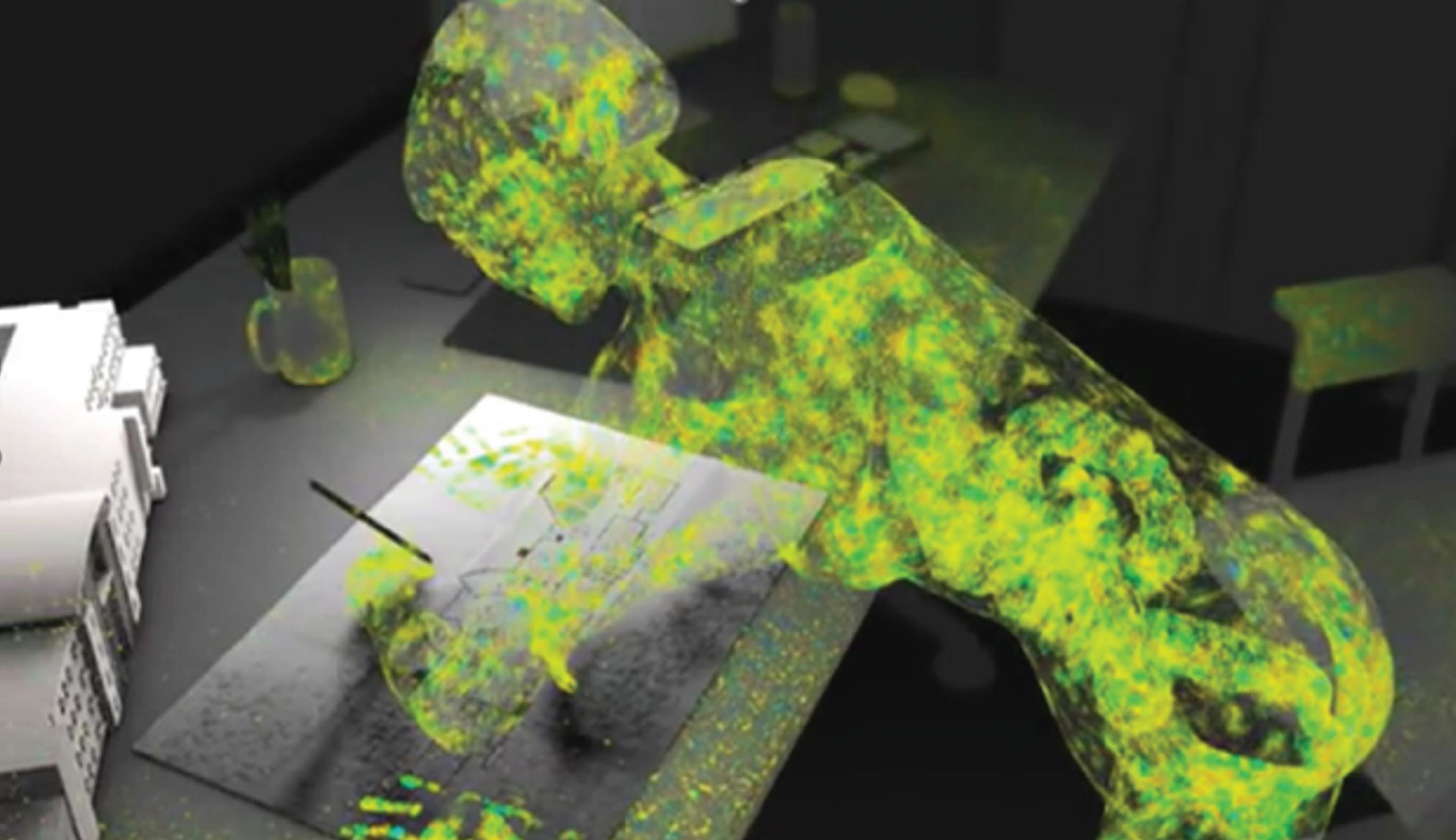
2 minute read
Beyond Particle Capture The Urgent Evolution of Filtration
Conversation with Nick Agopian to Explore the Potential of Technologies
By Dr. Iyad Al-Attar, Global Correspondent, IFN
As the world faces the invisible threat of ultrafine airborne pollutants, the need for advanced filtration has never been more urgent for both people within the built environment and the planet. Traditional systems focus on PM10 and starting to focus on PM2.5 removal. Still, research now highlights the dangers of matter smaller than PM2.5 like PM1.0, PM0.5, wildfire smoke, bioaerosols, and even submicron pathogens: particles and pathogens that bypass respiratory defenses, enter the bloodstream and impact vital organs, including the brain. These include both reversible and irreversible illnesses, including premature death.
In this compelling discussion for International Filtration News, Dr. Iyad Al-Attar and Nick Agopian explore the limitations of current filtration technologies and standards/code with an exciting discussion of the potential of next-generation solutions. They emphasize the need to move beyond particle capture to neutralize microbial threats, reduce their viability and infectivity, and enhance standard capture technologies to be more efficient.
Nick Agopian is President of Reviveaire, a cutting-edge disinfection mechanism that neutralizes various airborne pathogens, including viruses, bacteria, and allergens. This system combines advanced technologies using a confined Plasmic field to protect occupants indoors. With over 30 years of HVAC and energy-recovery experience, He sets the company’s strategic vision, leads all sales and marketing efforts, and manages a comprehensive team of directors in all functional areas of the business. He works closely with all R&D efforts and third-party validation.
Agopian is highly involved in the engineering and HVAC communities. He’s been an active member of the American
Society of Heating, Refrigerating, and Air-Conditioning Engineers (ASHRAE) since 1983, where he sits on numerous technical committees.
Their conversation delves into breakthrough materials, optimized filter design, and smart technologies that can revolutionize air purification. As science deepens our understanding of airborne transmission and health impact, the future of filtration lies in sustainable, high-performance solutions that protect the trifecta of air quality, human health, and the planet.
Dr. Iyad Al-Attar: When air filtration is addressed, the first thing that comes to mind is particle capture. Why is it that we do not see multiple stages like molecular (gaseous) and pathogen (bioaerosols) and only see singular filters focusing on particles?
Nick Agopian: ASHRAE standards, as adopted by codes used for MEP and construction, focused on the minimum standard requirement for HVAC systems design. As written and adopted by standards committees, traditional filtration standards were developed not for human health but to protect HVAC cooling and heating coils and equipment components from dust buildup and operational inefficiencies. There was no intent to mitigate airborne health risks at that time. The written standards focused on filtration MERV levels to be rated at MERV 8 or even MERV 6. This was to ensure the coils never experienced deposition of large particles plugging up coil fins. These low-efficiency MERV levels allowed fine particles, ultrafine particles, and all pathogens to be delivered into the occupied space and right around the breathing zone of occupants in these spaces.
Post-pandemic, indoor air chemistry has received a fair amount of attention due to its impact on air quality and public health, and our understanding of the true impact of airborne particles has evolved.

The concept of Disability-Adjusted Life Years (DALY), which quantifies the health burden of air pollution, underscores the severe consequences of both fine (PM2.5, PM1.0, even PM0.5) and coarse (PM10) particles on respiratory and cardiovascular health (Figure 2).
Findings from the University of Nottingham further confirm that these particulates penetrate deep into lung tissue, enter the bloodstream, and distribute to critical organs, including the brain, exacerbating conditions such as asthma, cardiovascular disease, and neurodegenerative disorders. Research such as this has prompted committees in ASHRAE to elevate minimum standard filtration efficiencies.
Recognizing these risks, ASHRAE standards are evolving, shifting from equipment-centric filtration to human health-focused solutions.










